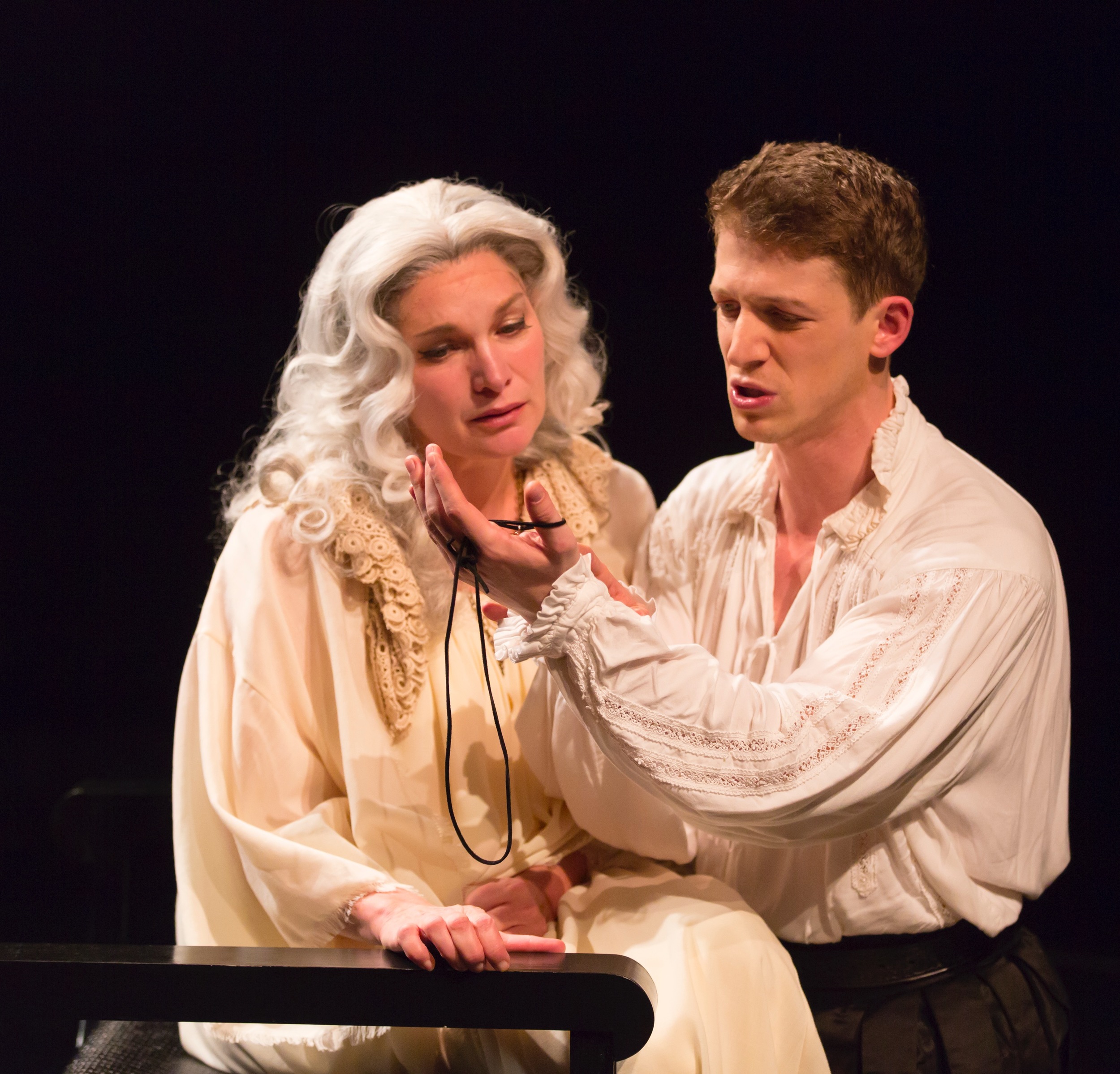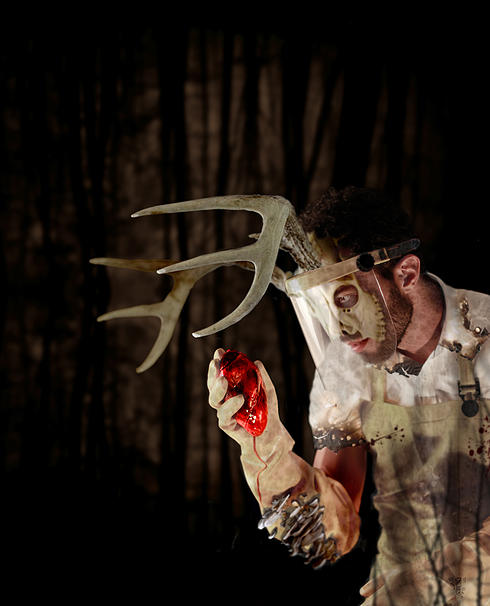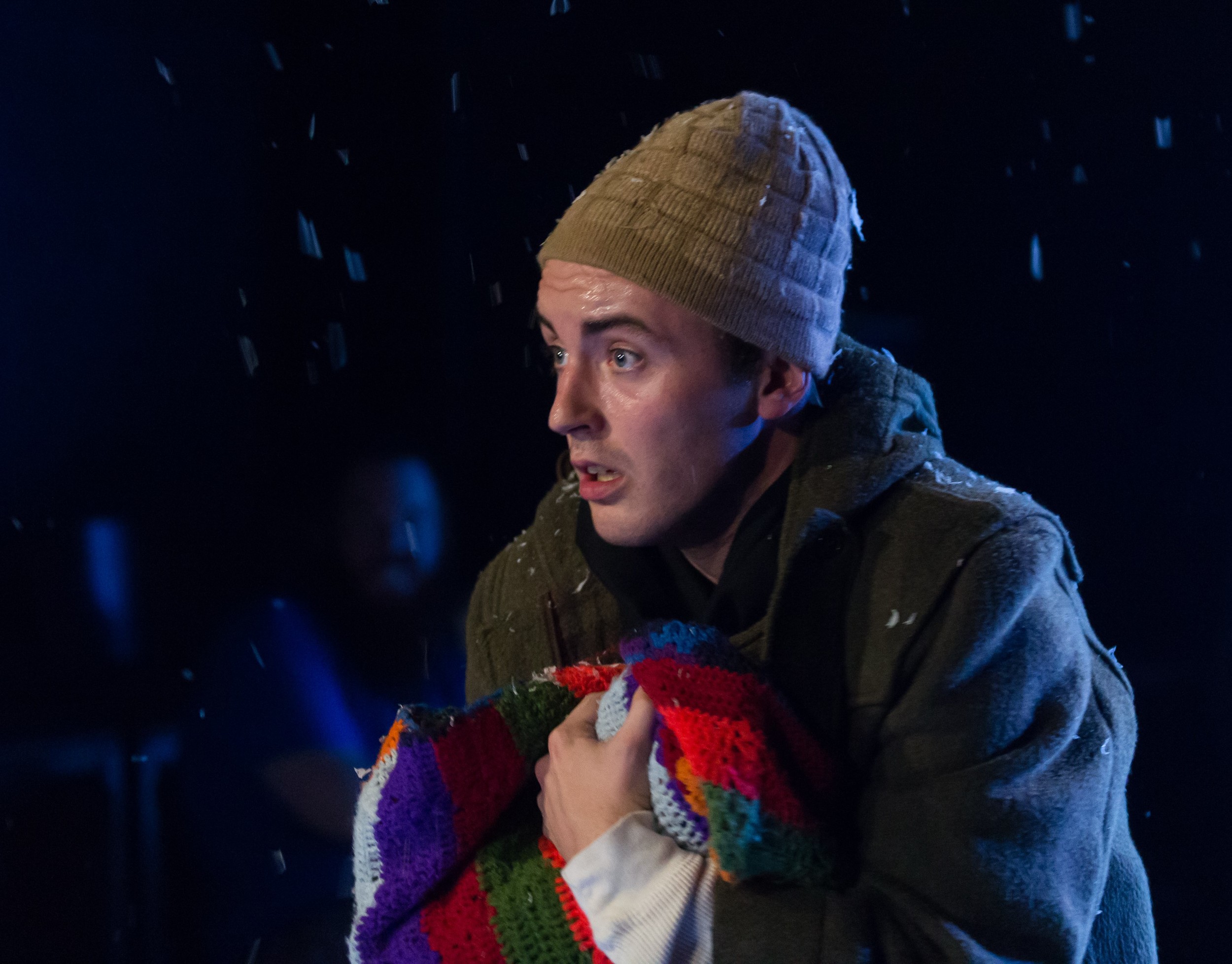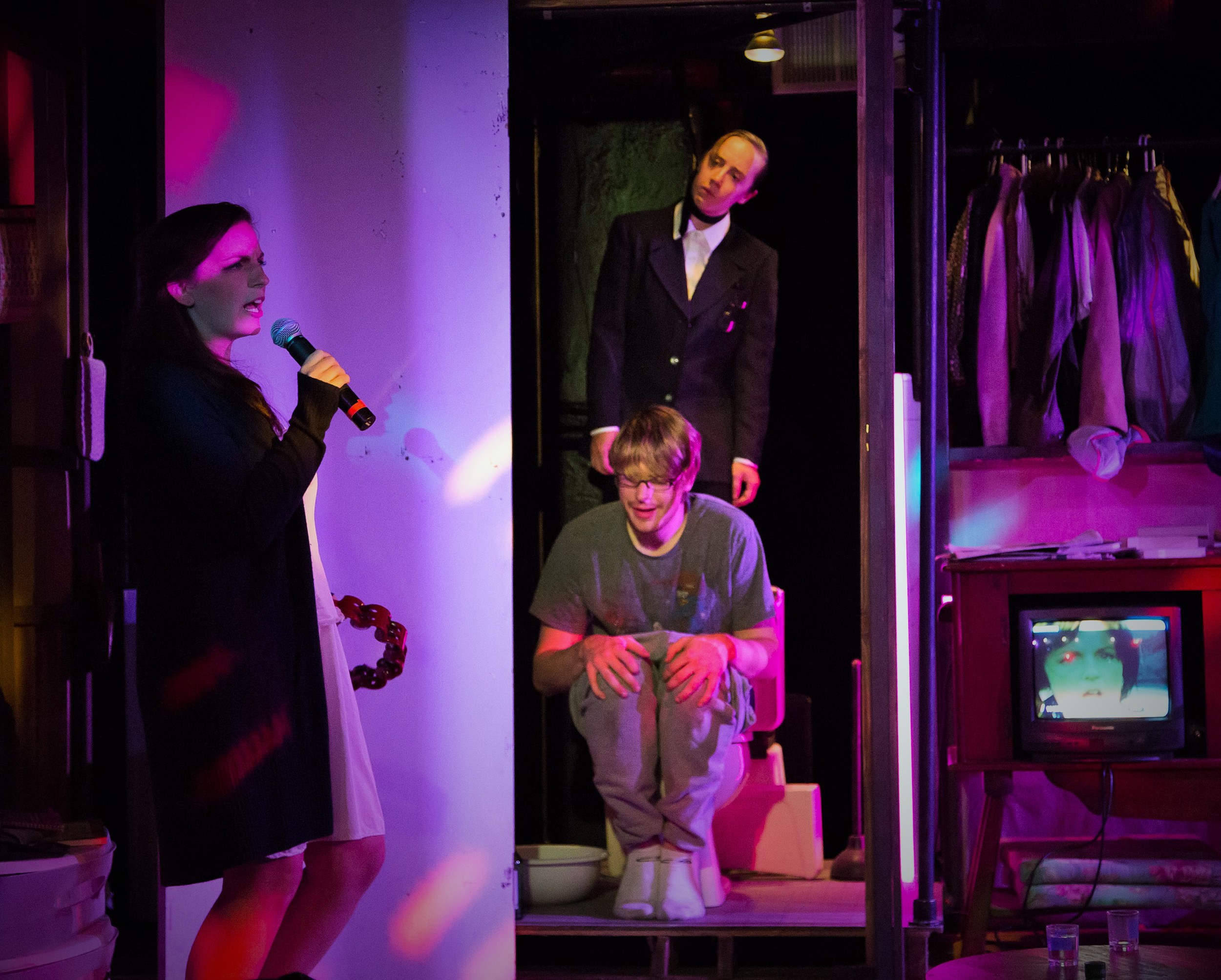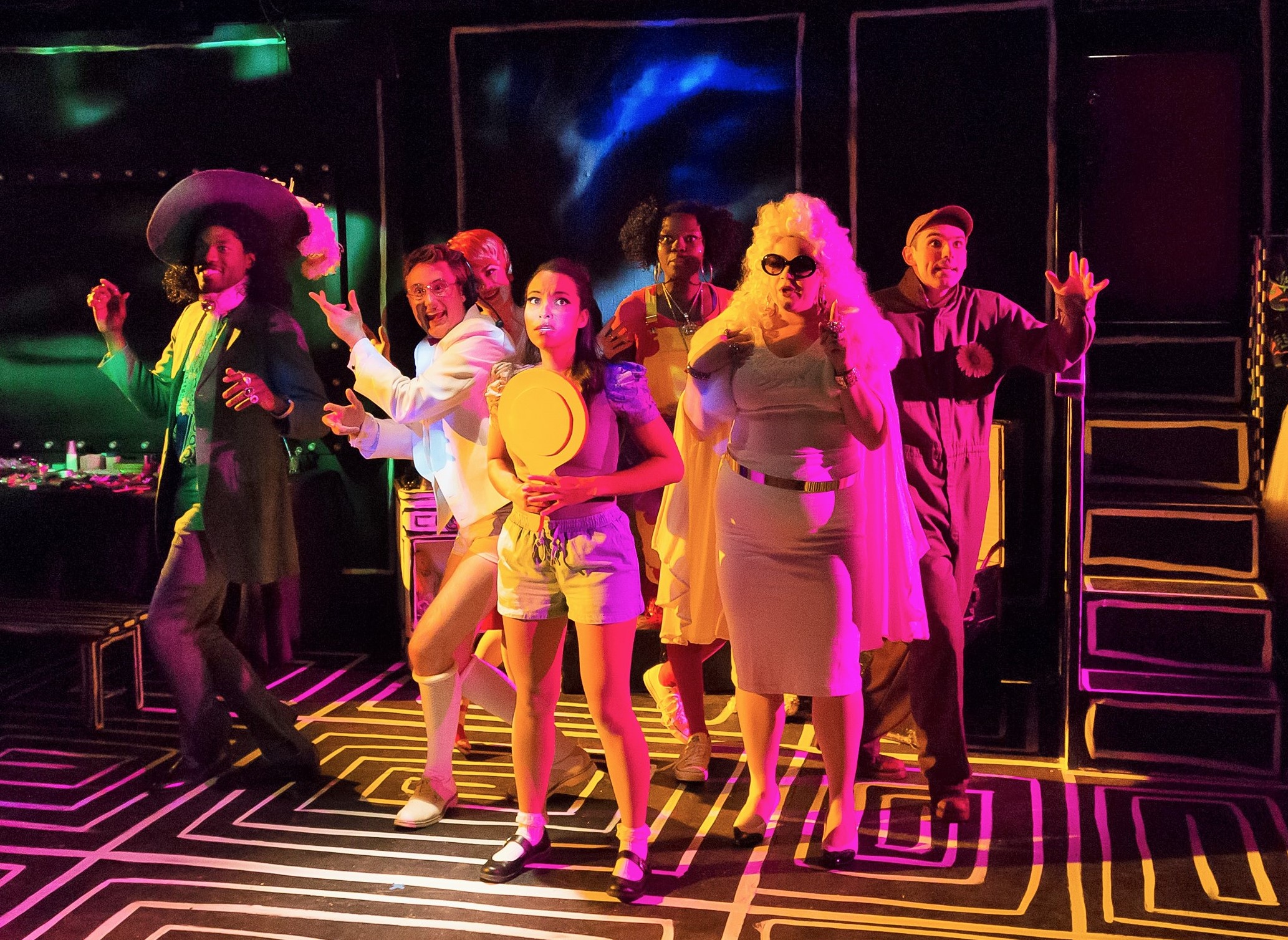It's obvious to me that very small children -- babies, toddlers -- want to be read the same book over and over again. That's how they're absorbing the book, and the letters, and learning how to read, and how to understand that there's this thing called "the written word." Of course I wearied of reading The Little Fur Family and I am a Bunny and Corduroy (yes, even Corduroy) to my daughter. But I did it anyway, because it was important in a larger sense, and because, in a more immediate sense, it was what she wanted at bedtime. She's now six and a half years old, and there is no greater punishment I can threaten than "No bedtime story!" She will snap to attention, exhibit good behavior, brush teeth with military precision, if I even hint that she'll not be read to at bedtime otherwise. I've been observing her reading patterns: she's now old enough to read to herself, and she does read to herself all the time, often going back to favorite picture books, but also frequently just pulling some random thing off the shelf that it happens we've never looked at before. So she's shuttling back and forth between "things I know are in my wheelhouse" and "things that I don't know what's in there, but let's find out." Which I think is dandy. It makes sense to me.
What surprises me, though -- and I'm not sure why, but it does -- is that now and then she will ask for us to read to her, a second, third, or fourth time, a really long book that we have to read in installments. We don't do this frequently, but once in a while, I will decide that bedtime will be a chapter of a much larger work. We've read The Cricket in Times Square this way, and Charlie and the Chocolate Factory, and the Mrs. Piggle-Wiggle books, and some of the All-of-a-Kind-Family books. We've read James and the Giant Peach and we've read Betsy-Tacy books. These aren't merely bedtime stories: they're reading projects. You can only read so much aloud in one night. Some books take weeks to get through, not because the chapters are necessarily so long, but because the effort of reading them is so great: it is, for reasons I don't really understand, harder to read Roald Dahl aloud than Betty MacDonald.
While all of these books have illustrations, the draw is not the pictures, it's the story, pure and simple; the illustrations are really just cherries on top of the sundae. What my daughter does when I read these books to her is different from what she does when I read her a picture book. A picture book, she wants to sit up in bed and snuggle against me and be able to see the pictures. With the longer books, even though there are pictures, and I can show them to her, she tends to not care very much, and burrows into her blankets and just listens to my voice as I read. Occasionally, I'll get to a picture I particularly like, and I'll say, "hey, look at this, doesn't her hair look so pretty here?" and she often won't even make the effort to look where I'm pointing.
We'll finish the book, eventually, and months will go by, and then -- as happened two nights ago -- she'll say, "Can we hear that again?" And I will inevitably -- why? -- be surprised, and pull down James or Cricket or whatever it is, and start at Chapter One all over again.
My husband is not someone who re-reads many books: he seems to feel (as many, many people do) that re-reading is usually not a good use of time, because there's so much out there to absorb. I, as I've written about before, am a compulsive re-reader of books. Is our daughter taking after both of us? Is she exhibiting both traits, in the way she picks out books to hear at bedtime? She almost never wants a "new" book at bedtime. Which I get: she wants something comforting and familiar. But everything starts out as something new, once upon a time, right? How does something make the leap from new and novel to comfortably worn-in? I wonder what other parents experience in this arena. I know that I have friends who began reading the Narnia books to their children when they were very young -- three, four years old -- and I rolled my eyes, because, well, ok: you probably couldn't pay me to read the Narnia books now, and as a child, I certainly wouldn't have sat through them. And can a three year old really understand it, anyhow? I'm not even talking about the Symbolism Of It All -- I just mean, can a toddler follow the plot? I don't know, I don't really care, to be honest. What I'm wondering is: Have those kids asked to hear the Narnia books again? And again? And again? Because I've gone through Mrs. Piggle-Wiggle about three times now (the entire series), and I've done Pippi Longstocking twice (and it's weird, because my girl asked for them again the other night, and it's the damnedest thing, but I cannot find them: they are here, someplace, but I cannot find them)...
And, at what point will these books become something she no longer wants me to read to her, but books that she wants to curl up with herself, for the eighteenth time?
It's an interesting thing, building a reader.


